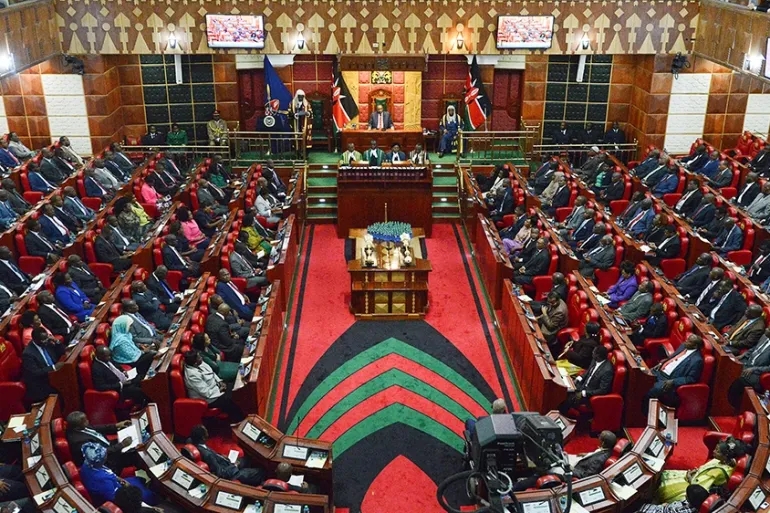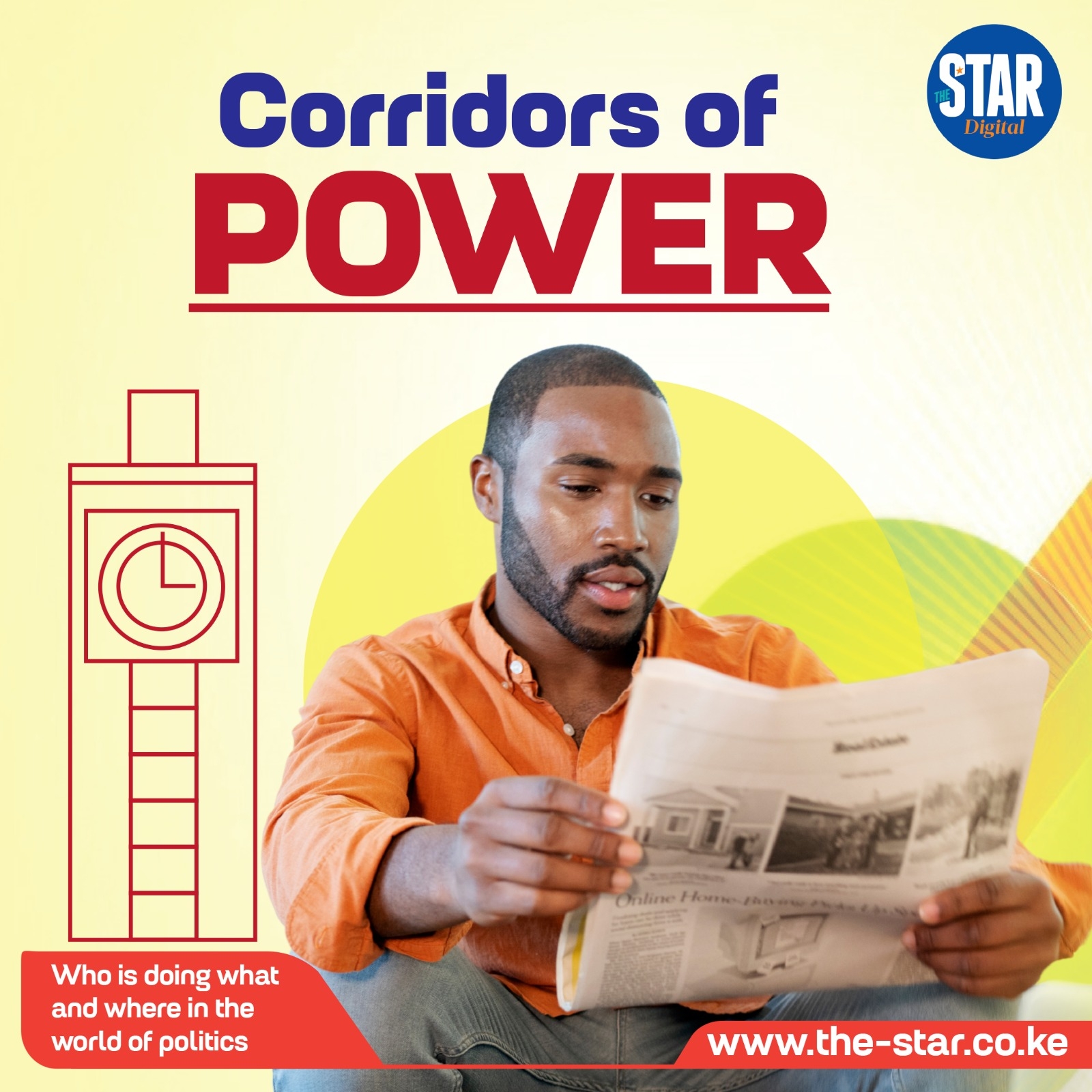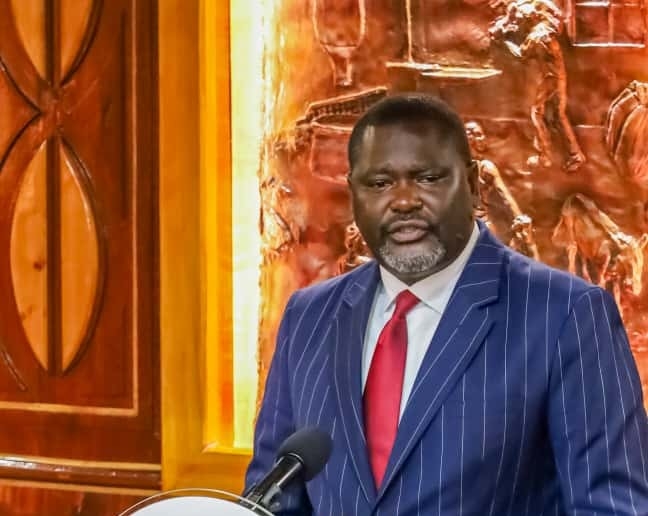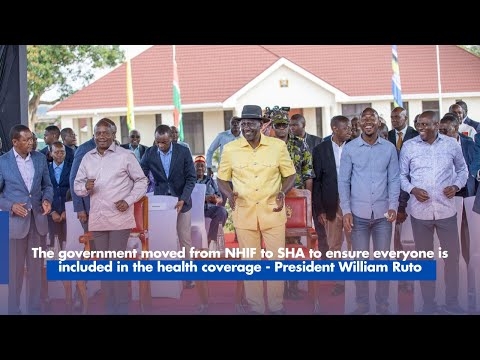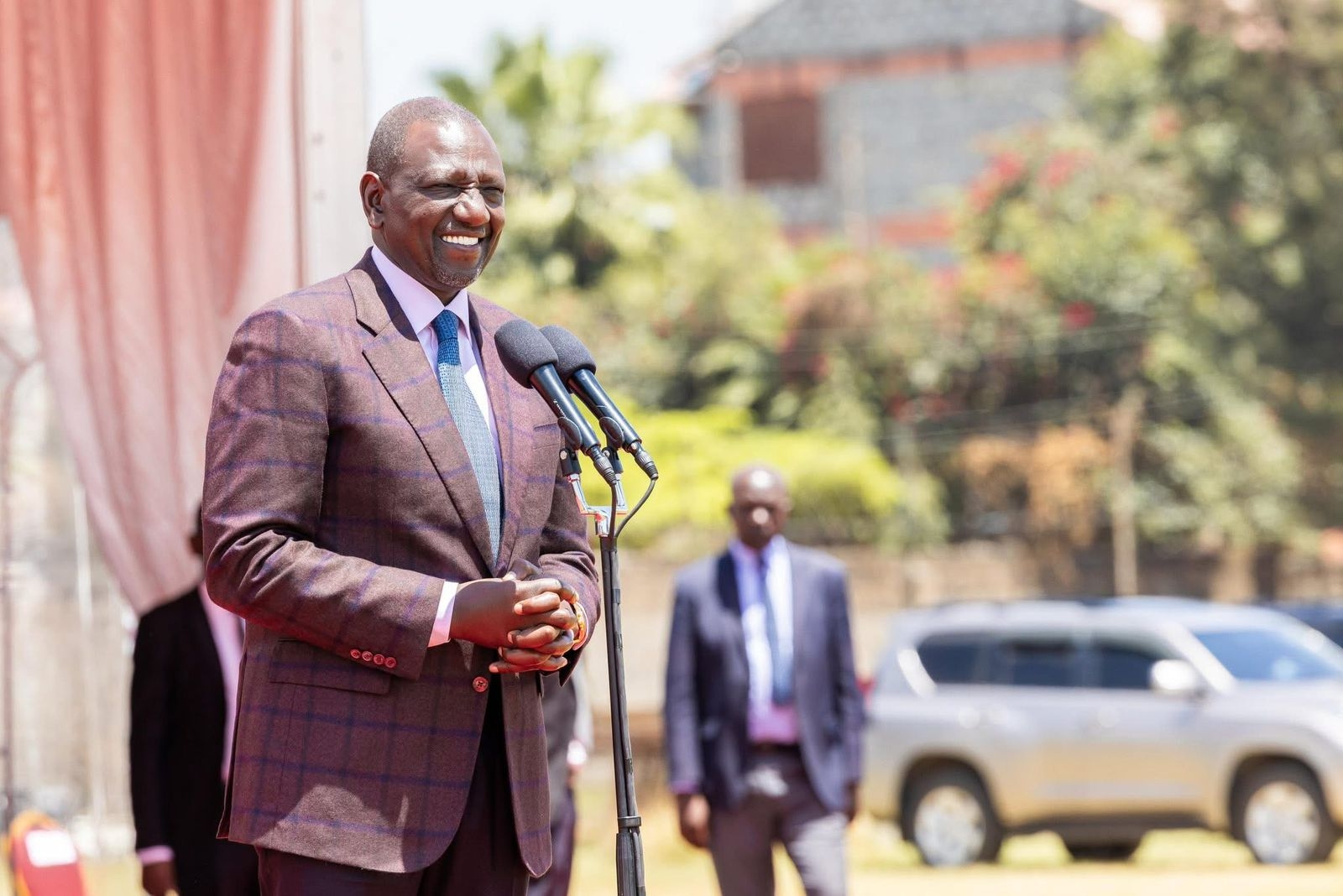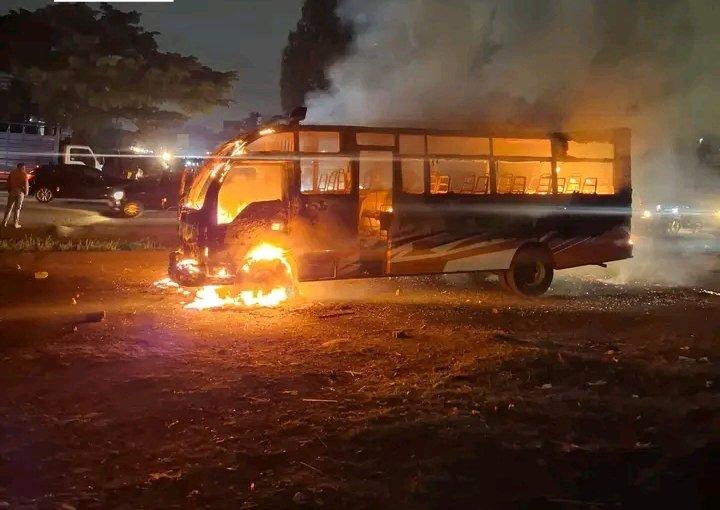One of the enduring mysteries of Kenyan politics is this:
Why do certain communities seem to find it quite easy to form a unified vote bloc, while others just cannot seem to do so despite the obvious advantages of the leaders of a specific geographic location “speaking with one voice”?
At the top of the list of those who easily coalesce around one leader, and one political party, are the Kikuyu, Kalenjin, Kamba, and Luo. These are of course four of the 'five big tribes' which, generally speaking, play an outsize role in determining the course of Kenyan elective politics.
But there are other communities that just cannot seem to unite in this same way, in the pursuit of their regional interests.
Top of this list is the Luhya community, which qualifies as a 'big tribe' by any measure but has often had its vote split between rival parties as well as between rival presidential candidates. This has been the case throughout the current era of 'pluralism', which began in 1991.
But even more notable are the regional communities that occupy what we might call 'historically marginalised regions', who would seem to have the most to gain from 'speaking with one voice' but can never seem to pull it off. One such region is Northeastern Kenya, largely occupied by pastoralist communities, chiefly the ethnic Somalis, but also the Borana, the Gabra and the Rendile.
This is a region that endured near-absolute neglect and deliberate marginalisation during the Jomo Kenyatta and Daniel Moi presidencies (roughly from the early 1960s to the 1990s). So, you would think that in their quest for some kind of affirmative action programmes to accelerate the economic development of their region, the leaders of Northeastern Kenya would readily unite to form a significant voting bloc, and perhaps have a recognised 'political kingpin' such as the big tribes invariably have.
But in all these years, and despite the region having many prominent and outstanding technocrats and other leaders, not once has Northeastern Kenya had anyone who could speak for the entire region.
This is puzzling, but even more puzzling is the inability of coastal leaders to unite behind 'one of their own'.
For whatever may have been the harsh consequences of decades of marginalisation in Northeastern Kenya, the people in that part of the country have not had to contend with epic dispossession due to systematic grabbing of their ancestral land.
To this day, the Coast remains the only part of the country where ordinary small-scale farmers in rural areas can wake up to find bulldozers rolling in to destroy their humble dwellings, built on land that their families have occupied for generations.
The reason given for this dispossession is always the same: that there is someone else who has legal documents confirming their ownership of this land.
And even if this longstanding issue of historical land dispossession were to be resolved, there would still be the matter of a viable cash crop economy.
Just like the sugarcane growers of Western Kenya; or the coffee growers of the Mt Kenya region; the coastal farmers who were once able to deliver various farm products (above all cashew nuts) to a local factory and be sure of prompt payment a short while later, now find that they have no market for their farm products. Or else that they are forced to sell at a loss to middlemen.
All these are weighty issues, which are a matter of life and death to the ordinary folks at the Coast. But in all these years since Independence, the region has only been able to come up with two leaders who could be said to speak for all indigenous coastal communities. First was Ronald Ngala in the 1960s. And then Emmanuel Karissa Maitha in the early 2000s.
Apart from those two, the only leader who has been able to command substantive loyalty within that region has been ODM party leader Raila Odinga – indeed the Coast has long been defined politically as an 'ODM zone'.
And this is so mostly because the coastal voters saw in Raila a potential champion of their regional interests and a leader willing to fight against the injustices perennially perpetrated by the central government in Nairobi.





